If I had to define what enables New Millennium Leadership, much is holding a larger perspective. Leaders who hold larger perspectives on themselves, life, others, organizations, and systems, allow for vaster possibilities and choices than others may have access to.
These perspectives allow for deep self-awareness, balance, harmony, and responsiveness which go beyond many of the formulaic approaches taught in leadership books and courses.
Without holding such vast perspectives ourselves, it can be difficult to imagine what it could be like to inhabit the worldview of such a leader. Just considering what it could be like to inhabit these perspectives, can be a powerful developmental exercise. In the following piece of writing, my intention is to open the curtains on the ways that New Millennium leaders inhabit some key perspectives and in so doing, invite you into practicing these perspectives yourself.
Self-Awareness
Beyond mechanistic approaches to self-awareness, lie the ageless questions – who am I and why am I here?
While traditional leadership and personal development approaches might invite leaders to find answers to these questions through awareness of personal values, exploration of purpose, and achievement of goals, great leaders approach these questions differently.
Rather than arriving at an answer to such questions, New Millennium Leaders instead allow the questions to inform their approach to life and living. The questions become pathways to walk rather than problems to solve, and in walking the pathways these leaders discover and evolve who they are and the impact they have.
Personal practice: Ask deep questions and then let go of needing an answer. For questions like who am I or why am I here? find novel responses (which can change and evolve every hour and every day). Know that any finite answer is likely to limit your responsiveness if not held lightly.
Balance and Harmony
Far beyond concepts of work/life balance or the intense and one-pointed pursuit of passions, New Millennium Leaders understand that to remain vital, and achieve long-term momentum, continual rebalancing and harmonizing is required. The balance referred to, starts from within and includes a balance between meaning in life and happiness on the journey, physical exertion and rest and recovery, inner reflection and outer activity.
Over time, these leaders develop the ability to be reflective and still, within the world of activity. The stillness allows them to maintain perspective and calm amid chaos and challenge. It is this calm and perspective that allows New Millennium Leaders to thrive in adversity, as they perceive more available options than others will. The leadership perspective this unleashes is of significant advantage to themselves and the organizations and communities they serve.
Personal practice: Start to pay attention to signals that indicate a greater or lesser state of balance and harmony. If you are out of balance, consider what it is you need more of, to bring you back to a sense of inner harmony. All great leaders I have worked with pay attention to their physical well-being, spiritual connection, rest and rejuvenation time, work commitments, and time with friends and family. Identifying which of these need greater attention at any given time can help you to harmonize more quickly. Even 5 minutes spent on an area of deficit can be powerful.
The ability to respond and not react
Moves from the ability to constrain destructive words and behaviors and practice more constructive ones (as practiced in many leadership programs), to the ability to address conditional, biased, or presumptive thought at its inception.
New Millennium Leaders recognize that by the time such a thought has formed, it has limited their reality and as a result, their choices. They, therefore, practice remaining open-minded, curious, and listen and sense into a range of inputs prior to making a choice.
An openness to a larger worldview that sees individuals as whole people, rather than a set of behavioral attributes, opens a greater sense of choice and possibility inherent in each moment and relationship.
Likewise, they embrace complexity. Where complexity exists, they view events, catastrophes, and opportunities as having many levels and nuances. They understand that the best solution or choice in complexity is likely to emerge after consideration of these nuances and levels.
Personal Practice: Non-judgemental listening and observation. Ask yourself the questions: What am I not perceiving or considering? What different choices could these ideas, perspectives, and considerations open up?
As you imagine inhabiting the perspectives of New Millennium Leadership, what opportunities open up for you?


